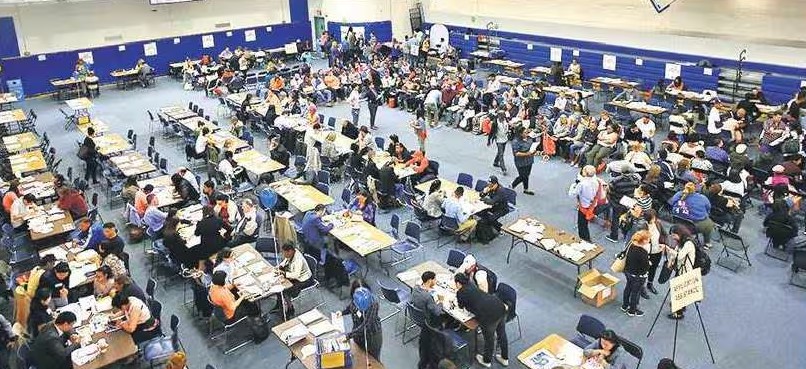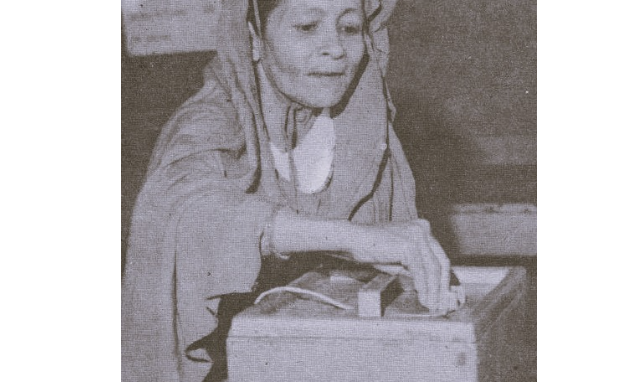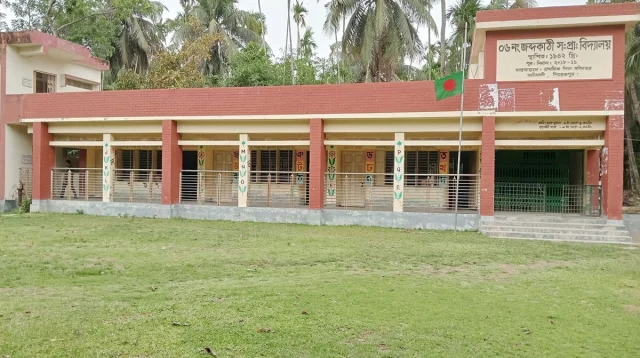When the interpolator is positive, diminish the (reduced) divisor by one (rūponahāra), by that multiply the interpolator (rūponaharaguņitāt gantavya), divide that by the (reduced) dividend (aptasya bhajyalabolhasya), and then divide the (resulting) quotient by the (reduced) divisor (harahṛtasya); the remainder (obtained) is the mati. In case the remainder is zero, the divisor itself is the mati.
Multiply the (reduced) dividend by the mati; then subtract the gata (ie, negative interpolator) from or add the gantavya (ie, positive interpolator) to that (product); and then divide that (difference or sum) by the (reduced) divisor. Write down the mati under the chain (of quotients), and underneath that (mati) write down the quotient (obtained) also.
By the penultimate number (of the chain of quotients) multiply the upper number and (to the product) add the last (ie, lowermost) number. (After doing this rub out the last number). Repeat this process again and again until there are left only two number in the chain.
(Of these two numbers) divide the upper nnmber by the divisor and the lower number by the dividend (if it is possible). The remainders (obtained) denote (respectively) the days, etc. and the revolutions, etc, which are the requisite quantities.
বলা বাহুল্য গোবিন্দস্বামীর সূত্রের প্রথম অংশ আলোচনা করতে গেলে আমরা দেখতে পাবো যে, যদি ৫ এবং b এর ল, সা, গু ধরা হয় তাহলে ৫=BA এবং b=B. যদি c=AC ধরা যায় তাহলে আমরা পাব,

যদি এ’র দ্বারা C বিভাজ্য না হয় তাহলে
![]() সমীকরণটি সমাধান করতে হবে।
সমীকরণটি সমাধান করতে হবে।
এক্ষেত্রে প্রায় পুরানো নিয়মের পুনরাবৃত্তি গোবিন্দস্বামী করেছেন।
(চলবে)
প্রাচীন ভারতে গণিতচর্চা (পর্ব-৩১৭)

 প্রদীপ কুমার মজুমদার
প্রদীপ কুমার মজুমদার 



















